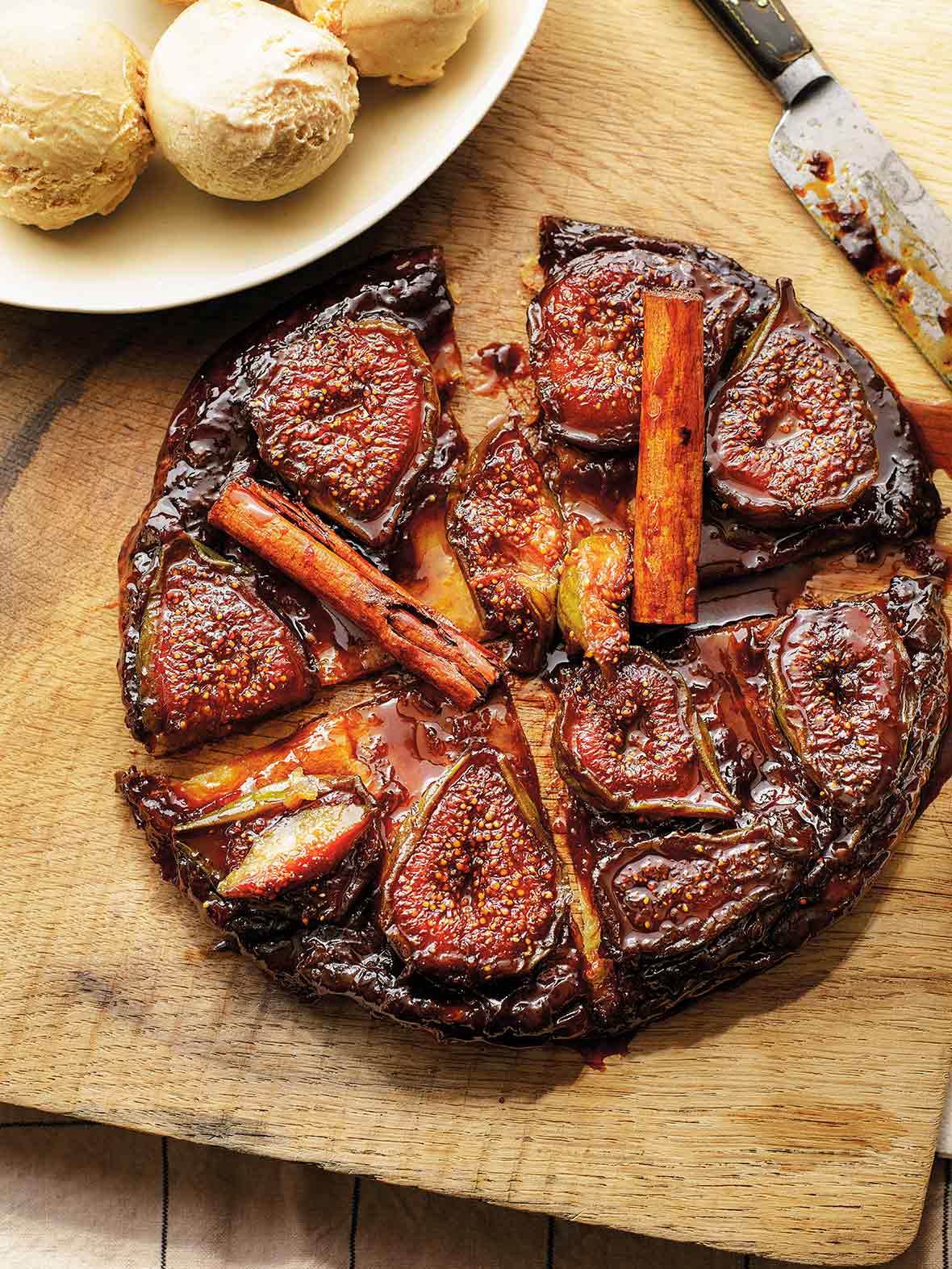
This fig tarte tatin is a lovely early fall version of the classic French apple tarte Tatin desset. Tender figs are cooked in a cinnamon-scented caramel sauce and baked beneath buttery puff pastry than flipped over for a finished dessert so spectacular we can’t help wishing fig season lasted a whole lot longer.–Angie Zoobkoff
Want to save this?
From the Grill to the Oven Note
We fell so in love with this recipe that we adapted it from its original incarnation, which tells how to make the tarte tatin on the grill, to the oven method that you’ll find below. We think it may just make the lovely and clever dessert more manageable to make for those of you who, like us, are a little more comfortable in the kitchen.
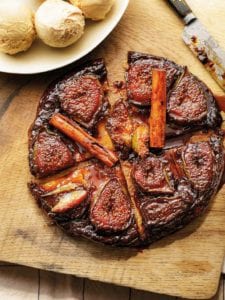
Fig Tarte Tatin
Ingredients
- 1 sheet store-bought or homemade puff pastry
- 1 tablespoon cold unsalted butter, thinly sliced
- 1/3 cup dark muscovado (brown) sugar
- 6 12 oz black figs, cut in half
- One long cinnamon stick
- Finely grated zest of 1/2 lemon, preferably organic (about 1 tablespoon)
- 1 large egg, preferably free-range, lightly beaten
- Store-bought or homemade cinnamon gelato, to serve (optional)
Instructions
- Preheat the oven to 375°F (190°C).
- On a sheet of baking paper, roll out the puff pastry into a rough circle, if you can, that’s about 11-inches (28-cm) in diameter and 1/8-inch (3-mm) thick. Prick the pastry all over with a fork, then chill in the fridge for 30 minutes.
- In a shallow 10-inch (25-cm) oven-safe nonstick or cast iron skillet, lay the slices of butter evenly and sprinkle with the sugar. Arrange the figs on top, cut-side down, pressing them down a little so they’re snug in the pan. Tuck the cinnamon stick among the figs and sprinkle the lemon zest over everything.
- Place the skillet in the preheated oven and cook until the sugar has turned a deep caramel color and the juices have just started to ooze from the figs, 5 to 9 minutes. Remove the skillet from the oven and let cool for 5 minutes before gently placing the pastry on top of the figs. Tuck the edges of the pastry down between the sides of the skillet and the figs, then brush the top with the beaten egg. Return to the oven and bake until the pastry is crisp and deep golden brown, 15 to 30 minutes.
- Let everything cool for 5 minutes before holding a plate or cake stand against the skillet and carefully flipping the tart out onto a plate. If a fig or two gets left behind in the sticky caramel, simply gently scrape them off the skillet and nudge them back onto the tart. Serve warm.

Explore More with AI
Nutrition
Nutrition information is automatically calculated, so should only be used as an approximation.
Recipe Testers’ Reviews
This fig tarte tatin is so delicious! Like any tarte tatin, it’s easy to make and the final twist is given by the fruits you choose to add. In this recipe, the caramelized figs are a must, since right now the figs are at their best flavor. The touch of cinnamon gives it a rich, warm, complex flavor. Ideal with ice cream.
So happy to be in Napa for the fig season, which I hear is a lot longer than most other places. I used a half-pint container of figs, which weighed in at about 1 pound, for this tarte tatin. They were from an organic farm and a couple of them were smaller than the rest so I used a total of 9 figs. Using 1 of the 2 sheets of Pepperidge Farm puff pastry in the package, I rolled it out to the size of my 11-inch BAF pan. I melted the butter over medium heat, put the figs in, and watched closely. The sugar started to caramelize at the 5 minute mark so I turned the heat down to medium low to prevent it from burning. The figs were considerably softened by the time the 8 minute mark was up. With the pan I used, it was easy to form the pastry and tuck the edges in. I realize now that the tuck forms the “crust” to keep everything in when you flip it later. It served 5 of us with one piece leftover for the first one awake the next morning. I lost.
This fig tarte tatin is lovely. It’s easy to pull together and is a delightful finish for a small dinner party. The only issue with it is the stickiness of the caramel. It does require some awkward picking to cleanse it from your teeth. So perhaps a dinner party with really close friends? I didn’t try to make my puff pastry into a circle. I rolled it to 12-by-10-inches. I was afraid that if I cut off rounded corners and tried to roll the scraps into the dough that it would affect the flaky layers. It did make putting the dough on top of the caramelized figs kind of awkward, though.
This fig tarte tatin is a winner! It is fancy looking enough for a dinner party, but really easy to put together. The tart is not overly sweet. I had a few figs not make it to the flipped tart, but that was easily remedied by placing them on after.
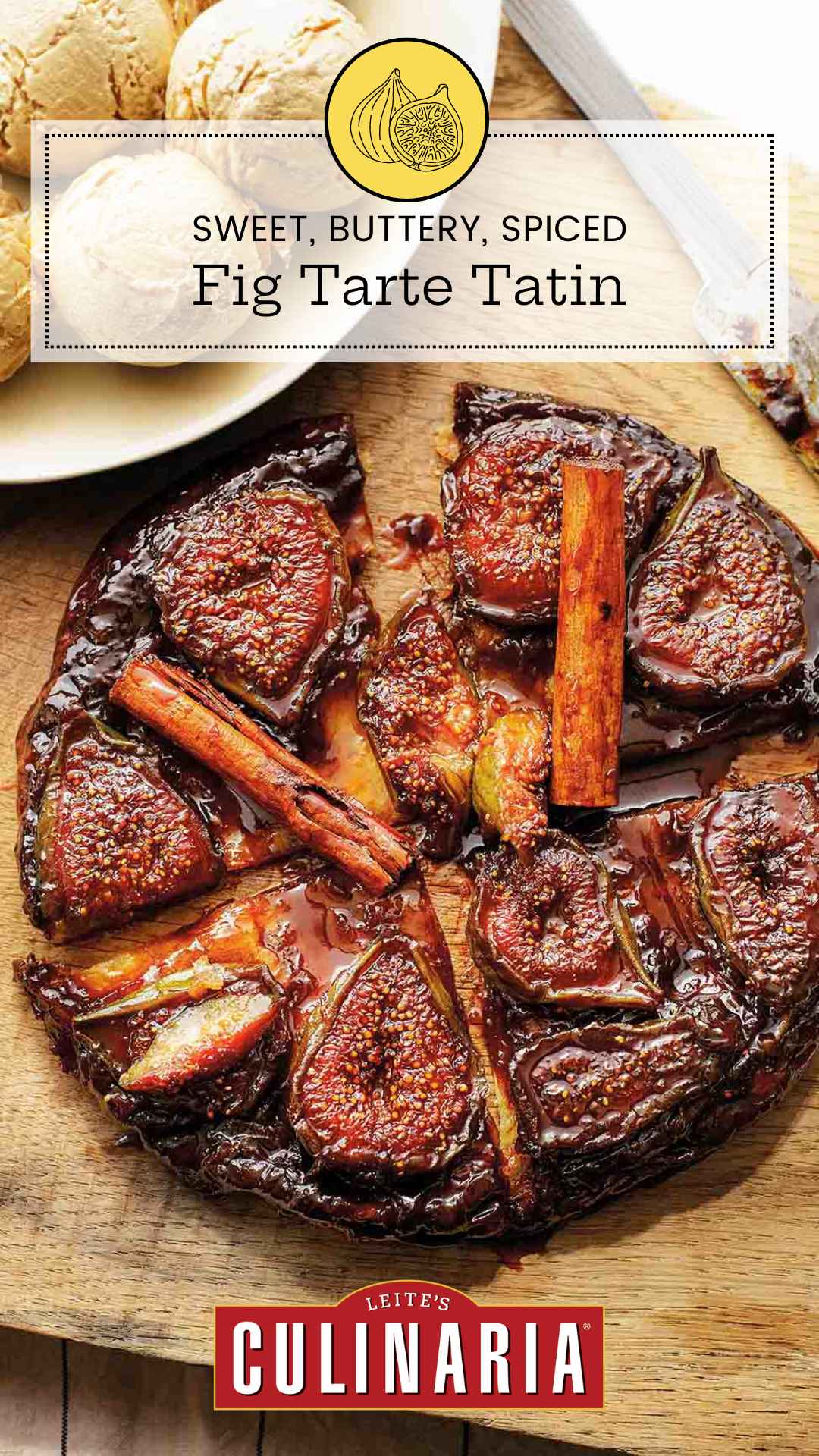
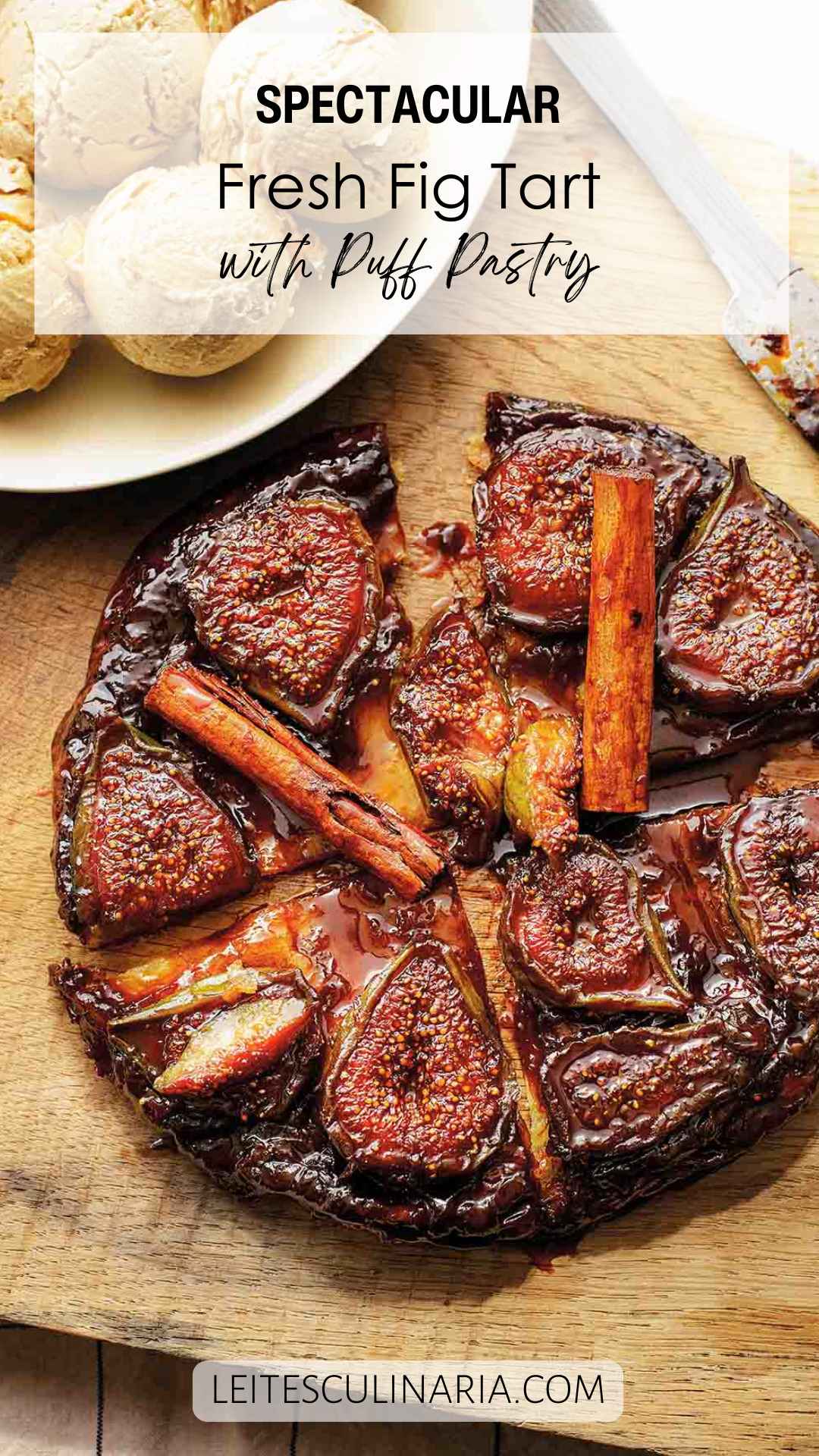
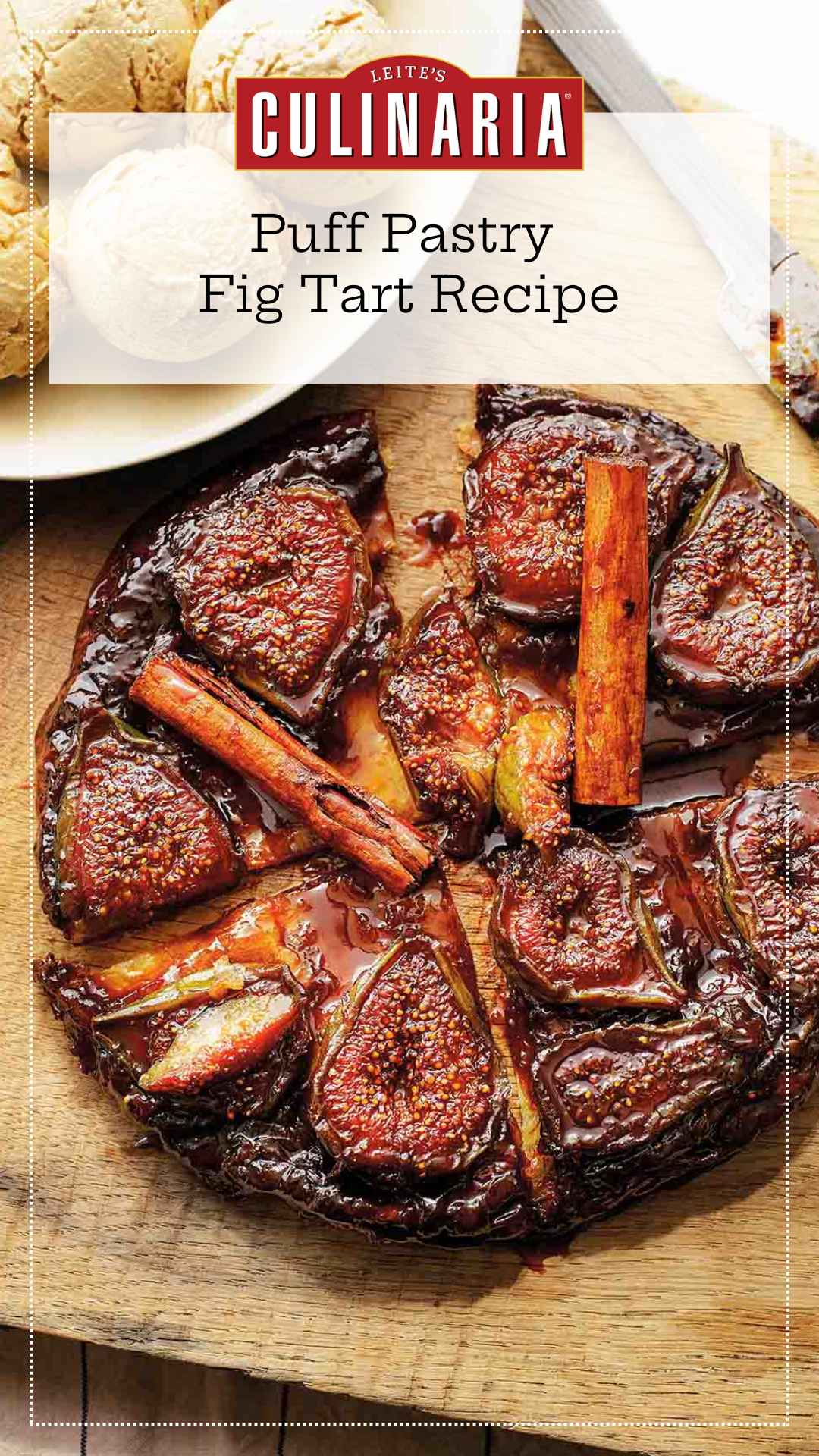
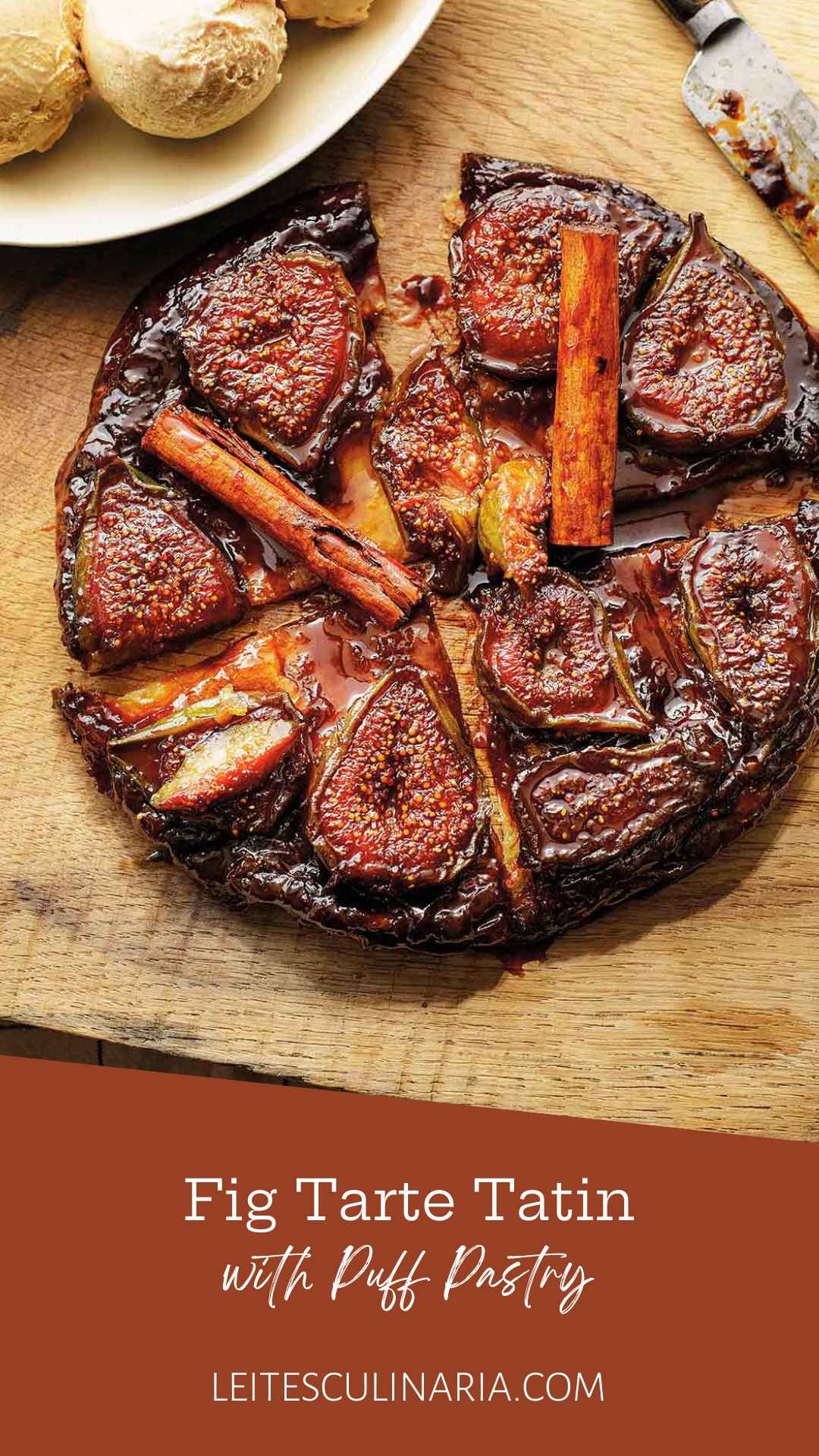
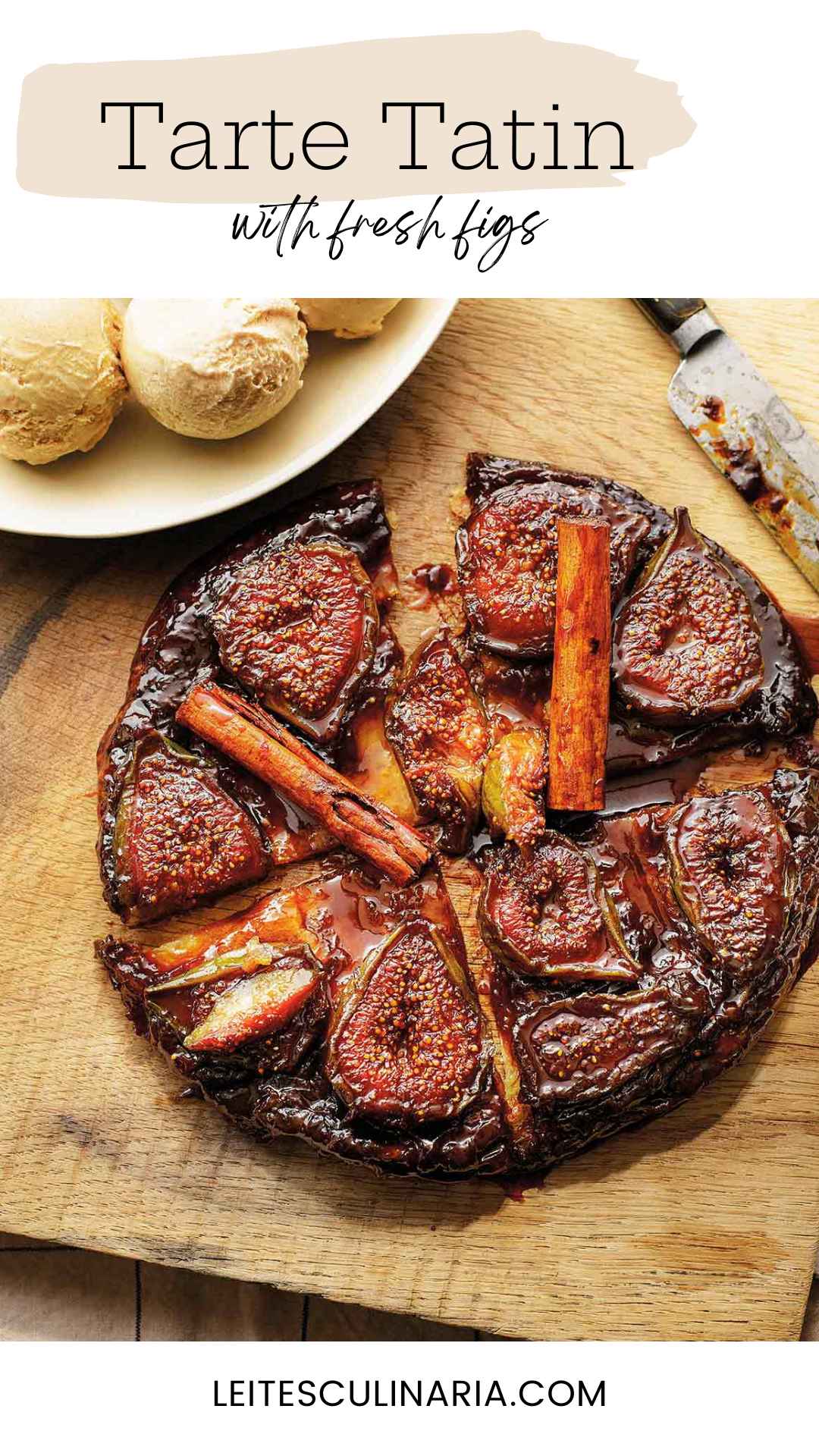
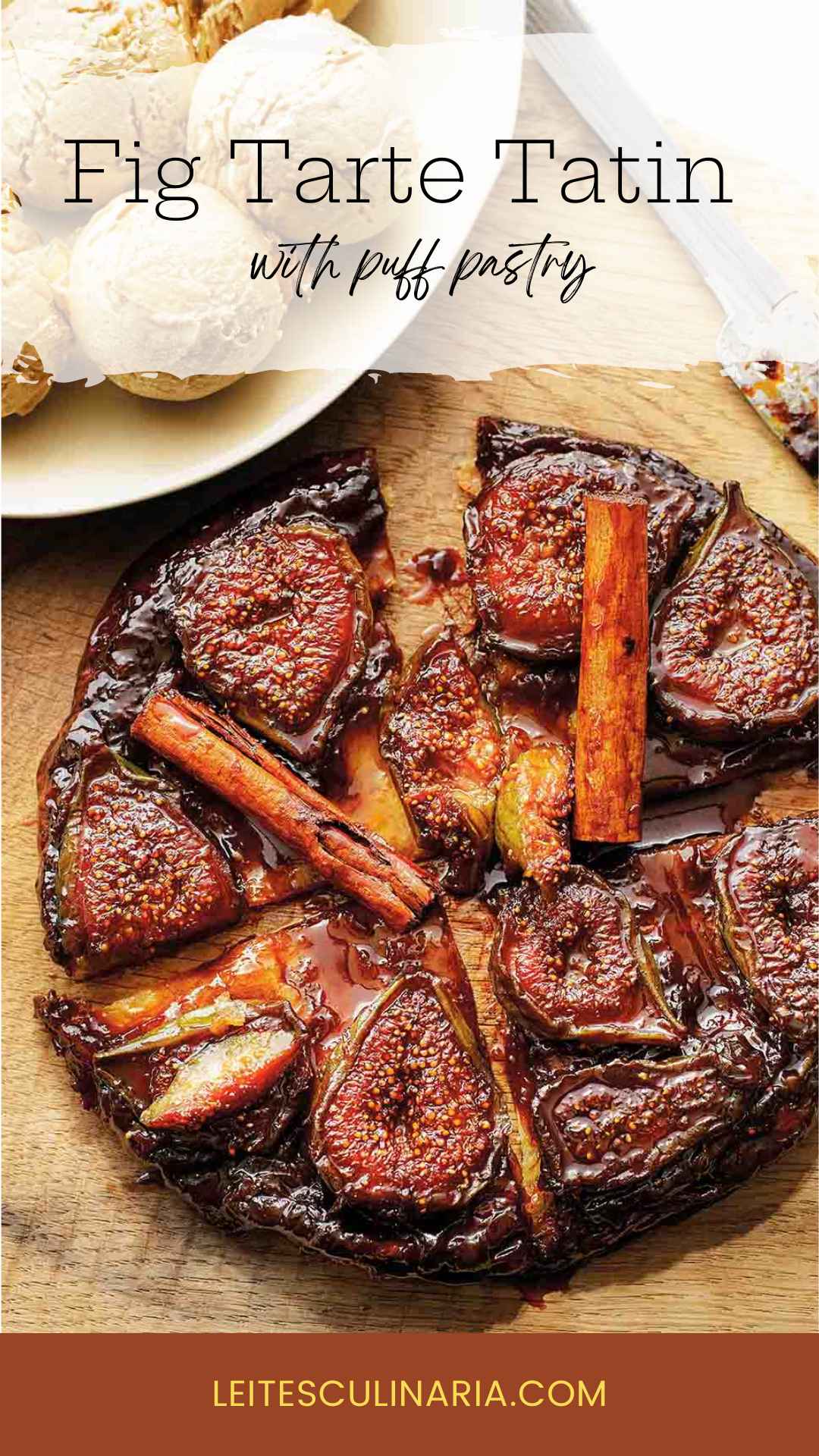












The recipe says 1 tablespoon of butter. That’s a typo, right???
Actually, Susan, 1 tablespoon is accurate. We tested it that way and that’s truly all that’s necessary! Just slice it super thinly. And if you’re skeptical, you could always melt the butter in the skillet prior to adding the figs and tilt the skillet so the butter coats the entire surface.
Yes. totally fantastic.
Excellent, Mike.